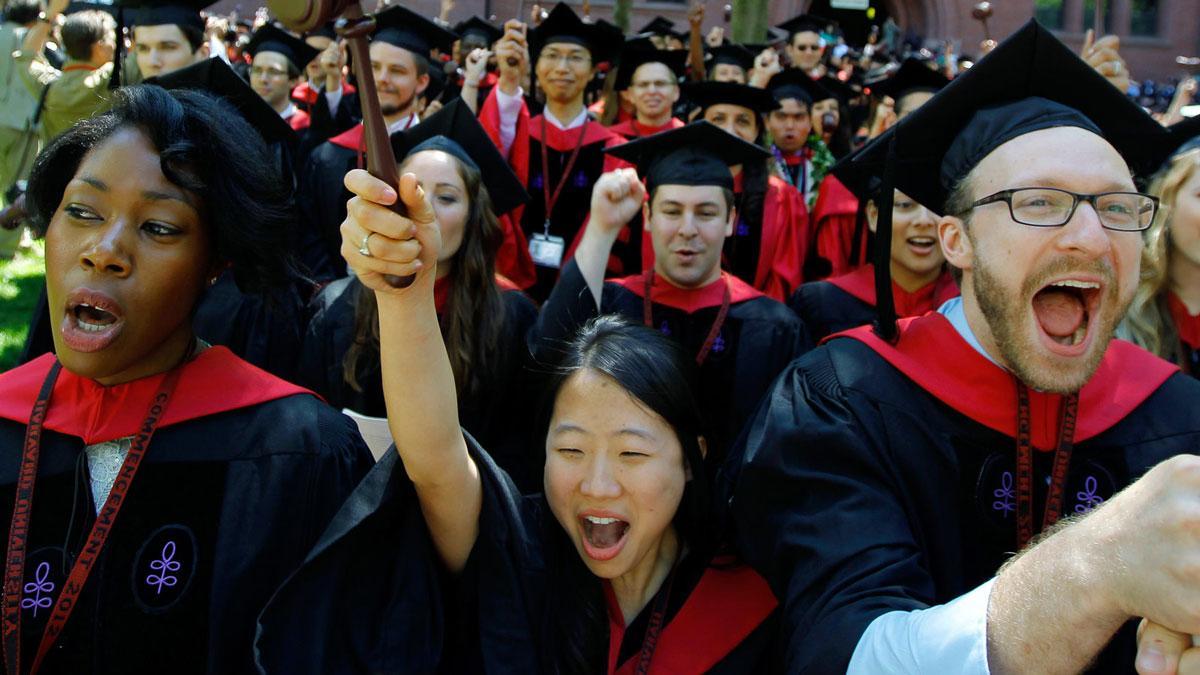Africa-Press – Lesotho. Last week the Supreme Court of the United States (“SCOTUS” or “the Court”) issued its long-anticipated decision in two cases consolidated for consideration on appeal.
The Court considered whether the admissions systems used by Harvard College (the undergraduate college of Harvard University) and the University of North Carolina (UNC), two of the oldest institutions of higher learning in the United States, are lawful under the Equal Protection Clause of the 14thAmendment.
The Court concluded they are not lawful. The decision was 6-3 with the so-called conservative justices joining Chief Justice Roberts’opinion for the majority.
Justice Sotomayor (Justices Kagan and Jackson joined her opinion), and Justice Jackson writing separatelyauthored blistering dissents. Enacted in the wake of the Civil War, the 14th Amendment to the United States Constitution provides that no State shall “deny to any person .
. the equal protection of the laws. ” The language of the amendment is directed to the states.
So, what does this have to do with Harvard and UNC? Over time, SCOTUS decisions interpreting the 14th amendment have long recognized that a state may act directly as well as indirectly and governmental action whether by the state, its agencies, or cities, towns, and municipalities and their agencies and boards, fit within the concept of state action.
But states may also act through private institutions by funding them. Harvard and UNC receive massive federal and state grants. Hence, the anti-discrimination provisions of the 14th Amendment and laws enacted pursuant to its enabling provisions, apply to these two institutions and any others receiving federal or state aid.
The Harvard and UNC admissions process
In 2022, over 60,000 people applied for admission to Harvard; fewer than 2,000 were admitted. Gaining admission to Harvard thus involves success in one of the most selective evaluations processes.
Admission can depend on having excellent grades, glowing recommendation letters, or overcoming significant adversity. It can also depend on your race. The admissions process at Harvard evaluates each applicant through successive stages of review.
The initial screening involves a reader assigning scores in six categories: academic, extracurricular, athletic, school support, personal, and overall.
In assigning the overall rating, the first readers “can and do take an applicant’s race into account. ” The applicants are then evaluated by regional subcommittees.
The subcommittees are responsible for making recommendations to the full admissions committee. They can and do take an applicant’s race into account when making their recommendations.
The next step of the Harvard process is the full committee meeting. The committee has 40 members, and its discussion centers around the applicants who have been recommended by the regional subcommittees.
At the beginning of the meeting, the committee discusses the relative breakdown of applicants by race. The “goal,” according to Harvard’s director of admissions, is to make sure that Harvard does not have a dramatic drop-off in minority admissions from the prior class.
The full committee selects a class of applicants who are tentatively admitted. Then comes the final process called the “lop. ” Any applicants that Harvard considers cutting at this stage are placed on a “lop list,” which contains only four pieces of information: legacy status, recruited athlete status, financial aid eligibility, and race.
The full committee decides as a group which students to lop. In doing so, the committee can and does take race into account. Once the lop process is complete, Harvard’s admitted class is set.
For More News And Analysis About Lesotho Follow Africa-Press






